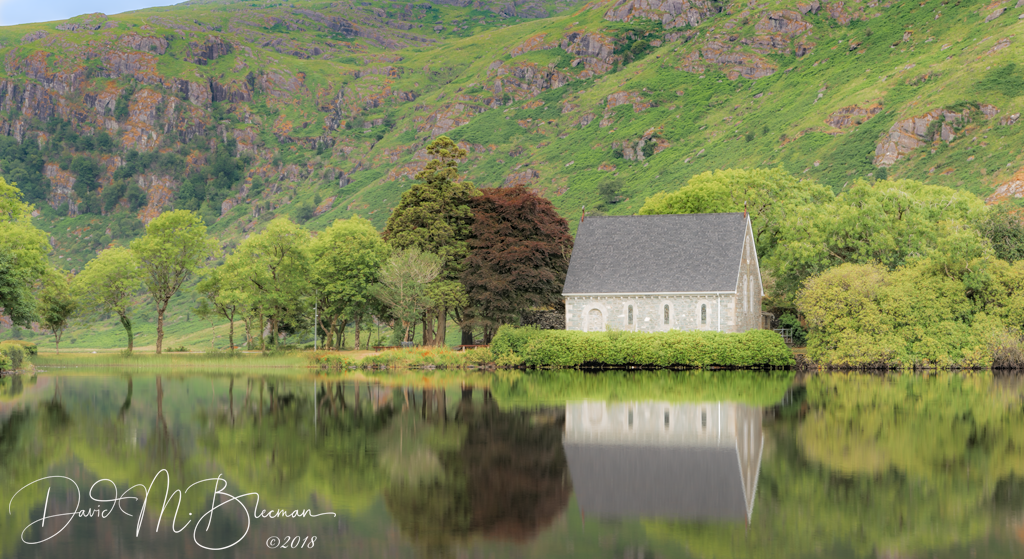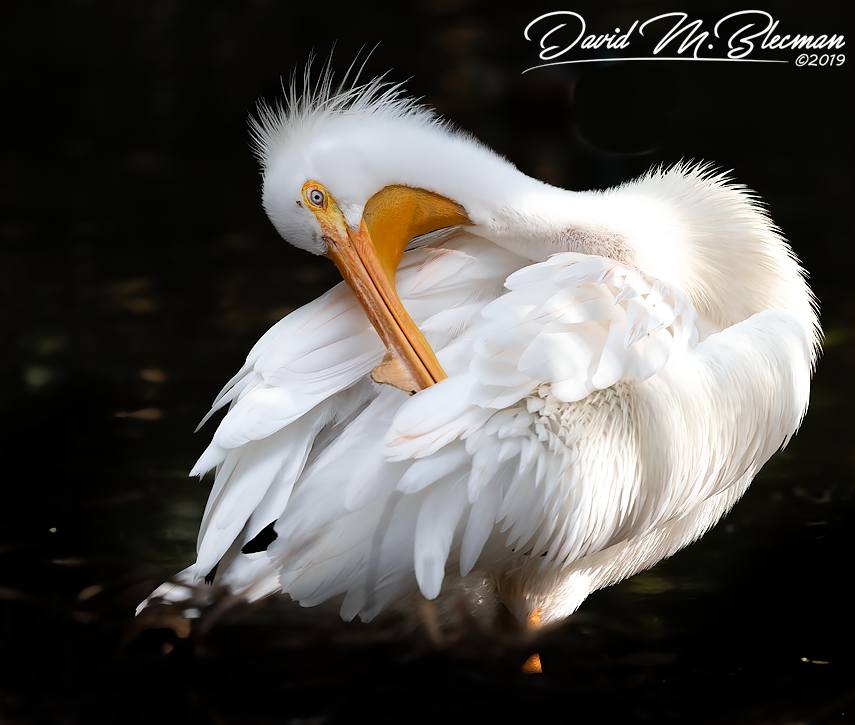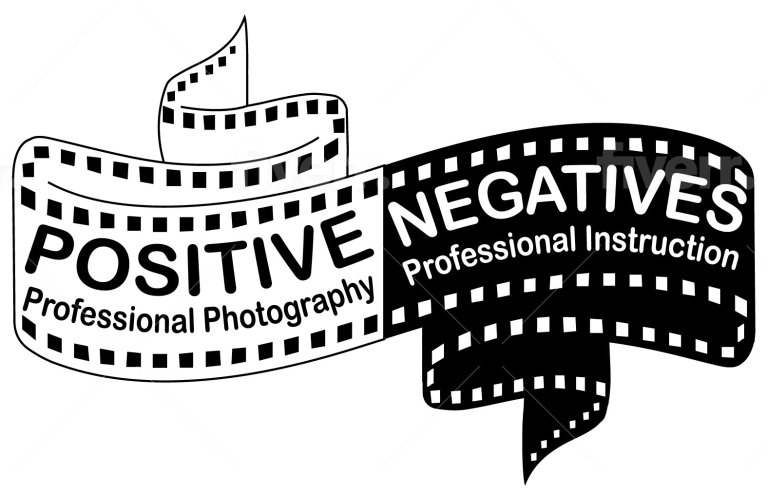Skip to content

I judge a lot of photography competitions, and each month for over 10 years I have done a free photography critique session, both in person and now online for obvious reasons, for my Annapolis Photography Workshop Group. My point is, I have seen a lot of images.
What I notice more than anything else is that some of the thought processes that goes into the capture of an image is…well…non-existent. What I mean by that is in a lot of cases I can tell that the creators of the images did not put a whole lot of thought into the technical aspects of the creativity process or what they were actually after.
In my professional opinion, before any image is created, the photographer needs to determine what they want as an end result. What do you want in focus? What don’t you want in focus? Are you looking to freeze motion or show motion? What may be a more interesting perspective for your viewers?

As an example, let’s say you want to photograph a rose. You found the most perfect red rose and you want to make a really nice fine art print of that rose. After setting your camera in Manual Mode, one thing you need to determine is your depth of field. In other words, how much on the content of the scene do you want in focus? Do you just want the rose in focus, or do you want the leaves and the stems and the thorns and the ground cover in focus too? You need to determine this before you take that image, and set your F-stop (aperture) accordingly.
Now, I would think that if you wanted to take a really nice fine art photo of the rose, you would want to use what we refer to as “selective focus” and a shallow depth of field. You would want just that gorgeous rose to be in focus, or maybe just a certain part of the rose in focus, and everything else out of focus. This will direct your viewer’s attention to the rose, and not to the other distracting elements of the scene, because they will be out of focus. Shallow depth of field means that very little of that image will be in focus, and the rest will be out of focus.
Now that you have determined what is in focus or how much is in focus, you need to determine your shutter speed. Will you be shooting on a tripod? If so, I would recommend that you use your camera’s lowest native ISO number so that you will have the crispest, cleanest, noiseless photo possible. Now all you have to do is adjust the shutter speed so that you can zero-out your exposure scale for a relatively optimal exposure, assuming the scene is pretty well balanced.

If you are hand-holding the camera, then I recommend, while always in Manual Mode, to set the F-stop you want, then set the desired shutter speed you need to hand-hold and avoid shake, and then set your camera on Auto ISO, so that your camera can set the proper ISO for the preferred aperture and shutter speed settings you chose. Your camera will once again try to achieve an optimal exposure, assuming the scene is pretty well balanced. If not, slight adjustments will need to be made, primarily exposure compensation.
Now I can go on and on about how to achieve great images based on more refined aperture, shutter speeds, ISO, exposure compensation, white balance, etc., but for this blog we’ll stop here.
Just wanted to give you some food for thought!
David Blecman is an internationally recognized professional photographer, instructor, and judge, having photographed and instructed workshops in over a dozen countries to date. His website is www.posneg.com where you can find his portfolios and training videos and events.



